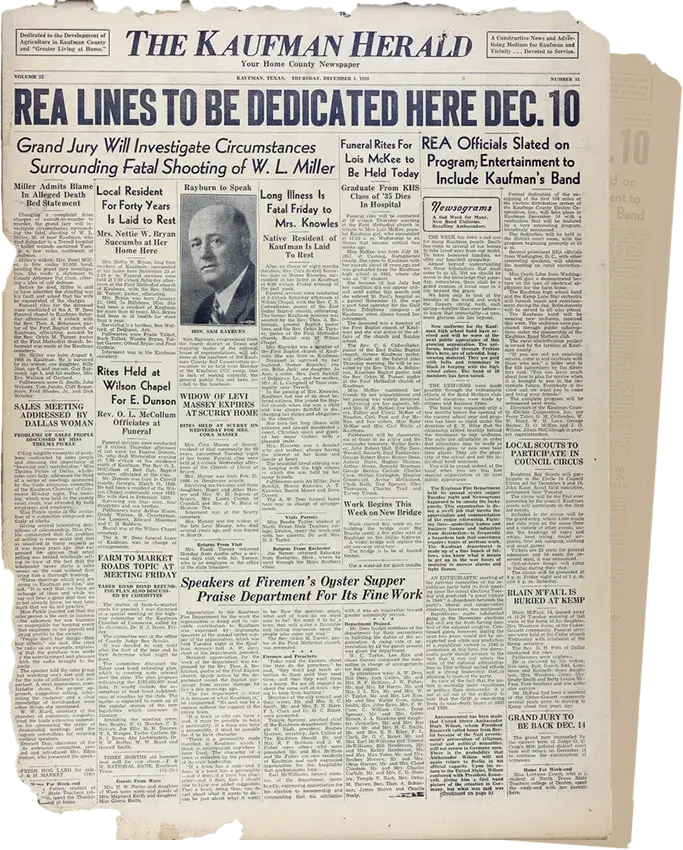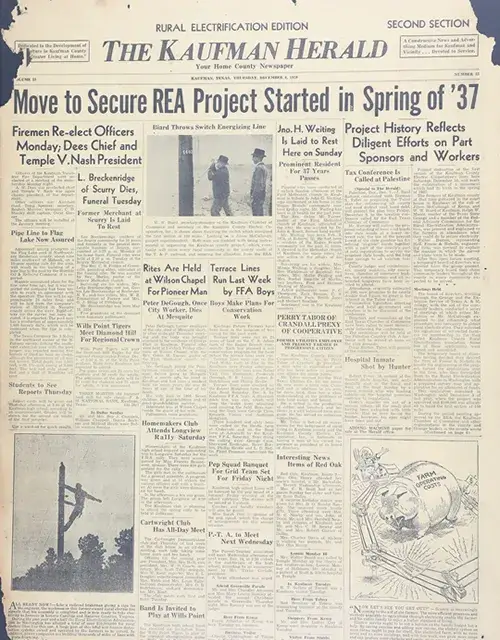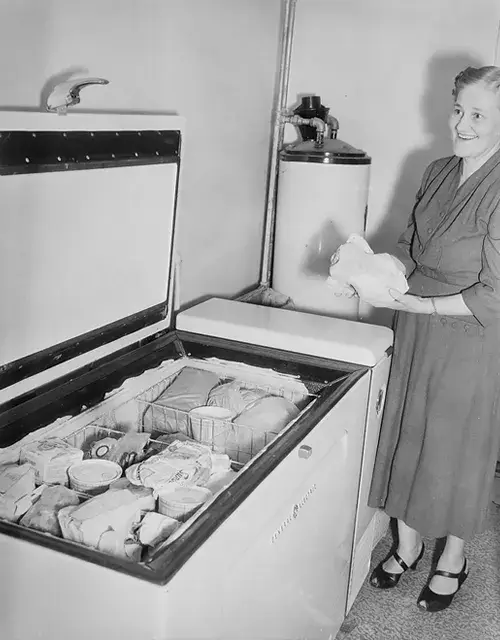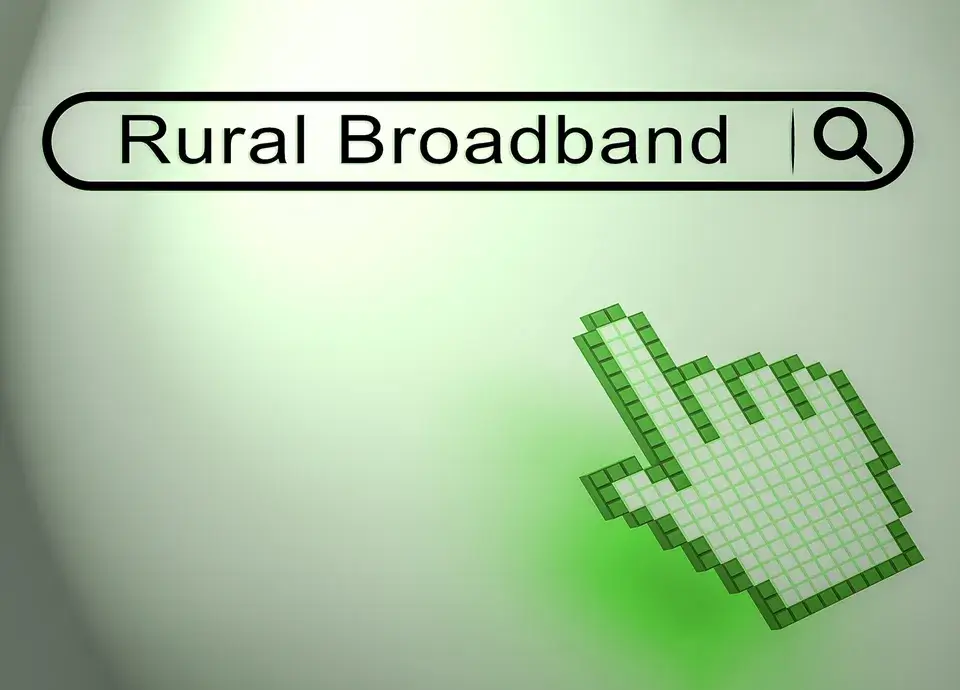About Us / History
About
Trinity Valley Electric Cooperative is a member-owned electric utility serving rural areas in northeast Texas. Our service territory includes parts of Dallas, Kaufman, Hunt, Van Zandt, Henderson and Anderson counties.
With more than 60,000 members along 8,000 miles of distribution lines, we are proud to serve our friends and neighbors with the essential service that keeps us all connected.
History
With passage of the Rural Electrification Act in 1936, the possibilities for electric cooperatives really took off. By the end of 1937, citizens of Kaufman County were well into the process of planning what would become Kaufman County Electric Co-op, which was officially incorporated in early January, 1938.
The first KCEC board set up the business end of the co-op, establishing from scratch a plan to bring power to the communities of Ola, Gastonia, Becker and Jiba. The first 100 miles of line was built and energized by December, 1938, and it became the starting point for rapid expansion as the rural community banded together to recruit new co-op members. The initial $5 membership fee is the equivalent of about $112 in 2024.
In Henderson County and surrounding areas, New Era Electric Cooperative followed a similar path starting in 1940.
Rationing of materials during World War II put a hold on many line extension projects. After the war, however, the co-ops continued to expand their service areas. The benefits of electrification were clear, and the stage was set for the modernization of rural living.
After decades of growth, the two co-ops voted to consolidate operations in 1997 to form Trinity Valley Electric Cooperative, with a combined total of about 50,000 meters served.
By 2024, TVEC operated more than 8,000 miles of line to more than 60,000 members. With rapid growth coming from the D/FW Metroplex and farmland turning to housing developments, the importance of safe and reliable rural electricity has never been greater.




Mission Statement
At Trinity Valley Electric Cooperative, we are committed to our member-owners to deliver safe and reliable electric power at a competitive price, with a strong emphasis on member service, community and sound business practices.
Co-op Principles
Cooperative businesses are unique because they are owned by the consumers they serve. More than 100 million people are members of 47,000 U.S. cooperatives, enabling consumers to secure a wide array of goods and services such as health care, insurance, housing, food, heating fuel, hardware, credit unions, child care or utility service.
All cooperative businesses adhere to and are guided by seven principles that reflect the best interests of their consumers:
Voluntary and Open Membership
Cooperatives are voluntary organizations, open to all persons able to use their services and willing to accept the responsibilities of membership, without gender, social, racial, political or religious discrimination.
Democratic Member Control
Cooperatives are democratic organizations controlled by their members, who actively participate in setting policies and making decisions. The elected representatives are accountable to the membership. In primary cooperatives, members have equal voting rights (one member, one vote) and cooperatives at other levels are organized in a democratic manner.
Members’ Economic Participation
Autonomy and Independence
Cooperatives are autonomous, self-help organizations controlled by their members. If they enter into agreements with other organizations, including governments, or raise capital from external sources, they do so on terms that ensure democratic control by their members and maintain their cooperative autonomy.
Education, Training and Information
Cooperatives provide education and training for their members, elected representatives, managers and employees so they can contribute effectively to the development of their cooperatives. They inform the general public, particularly young people and opinion leaders, about the nature and benefits of cooperation.
Cooperation Among Cooperatives
Cooperatives serve their members most effectively and strengthen the cooperative movement by working together through local, national, regional and international structures.
Concern for Community
While focusing on member needs, cooperatives work for the sustainable development of their communities through policies accepted by their members.
Deregulation
In 1999, the Texas Legislature passed Senate Bill 7 which introduced competition to the retail electric market in Texas. Beginning January 1, 2002, electric customers of Texas investor owned utilities (IOU’s) had a choice of their retail electric provider (REP). Electric cooperatives and municipal electric systems, as well as those customers of IOU’s in non-Electric Reliability Council of Texas (ERCOT) regions were exempted from participating in deregulation. Instead, electric cooperatives and municipal electric systems were given the choice to opt into electric competition.
The state’s electric grid is comprised of four regions:
- Texas Regional Entity (TRE); i.e., ERCOT
- Southeastern Electric Reliability Council (SERC)
- Western Electricity Coordinating Council (WECC)
- Southwest Power Pool (SPP).
The Texas Public Utility Commission (PUC) delayed implementation of retail access in the SERC in southeast Texas, WECC in western Texas and areas covered by the SPP in the Texas Panhandle and North and East Texas regions. The PUC cited a lack of a regional transmission organization (RTO) in the SERC region and the absence of marketing by retail electric service providers as the primary reasons for the decision. Reasons cited for the delay in the SPP included: the lack of an RTO in that region, no retail electric suppliers, and wholesale electricity markets in the area were not yet competitive.
The complexities of establishing a competitive marketplace and the Texas Legislature’s action delaying competition in non-ERCOT regions of Texas directly affected TVEC’s potential ability to implement retail access. Approximately half of TVEC’s service territory was located in the SPP while the remainder was located within the ERCOT.
Currently only one of Texas’ 67 electric cooperatives – and none of the city-owned utilities – has opted into retail competition. The factors affecting the ability to offer customer choice are very complex, potentially very costly to TVEC and its members, and the decision is irrevocable.

Electric Co-ops and Broadband
Several electrical co-ops around the country are actively providing broadband internet service, and many more are in various stages of development toward that goal.
Co-ops are using several different technological solutions to provide service, and each one must develop a model that suits their membership needs, geographic limitations, infrastructure costs, existing service provider coverage and many other factors.
Through our many contacts in other co-ops, NRECA, training events and trade publications we are watching the process unfold and seeing how broadband service might work in our area, while also listening to the needs of our members.
TVEC and Broadband
While we are diligently watching progress and developments regarding rural broadband, TVEC does not have any current plans to provide internet services. Based on current estimates, feasibility studies and the experiences of other co-ops who are further along in this process, providing broadband service to the TVEC service area could require an investment of $250 million or more. That level of financial commitment means we owe it to members to be very thorough in preparation, planning and ensuring that such a venture would likely be a viable business.
Additionally, recent federal grants were awarded to Charter Communications for development of broadband internet services in a large portion of TVEC service territory. More information regarding the areas covered in that federal program is available here.

